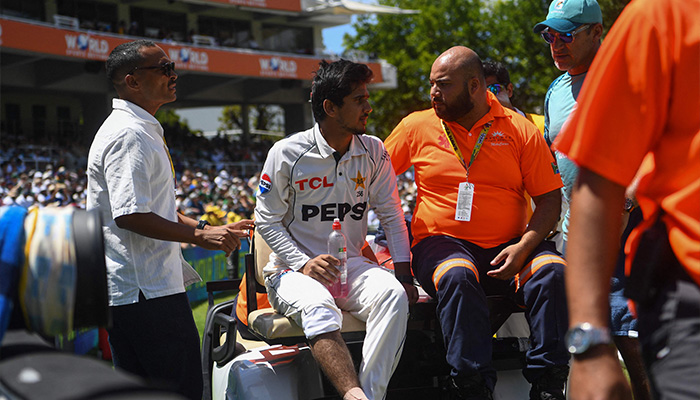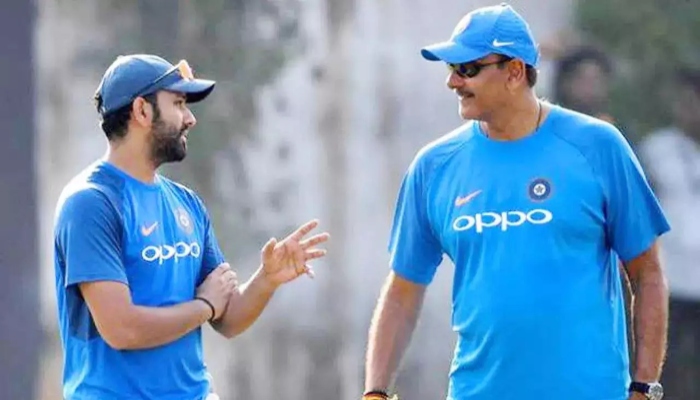Business
ARTSPEAK: IN DEFENCE OF THE TANGIBLE
字号+ Author:Smart News Source:Health 2025-01-15 08:21:14 I want to comment(0)
We are poised hesitantly before a future in which artificial intelligence (AI) and digital technology will be an integral part of our lives — from decision-making to production capabilities, education platforms, medical practice, warfare, business transactions, governance, policing and many more functions we cannot even anticipate. Hesitant, because as Geoffrey Hinton, the ‘godfather of AI’, warns, within the next five years, AI could dominate our lives with more intelligence than humans. More alarmingly, it can potentially make decisions independently of human instructions. He has worked on deep learning and AI since the ’70s, so his words carry weight. Digital technology is already a part of our lives — on our phones, laptops and in our surroundings. We can walk through a Van Gogh painting or among the dinosaurs in a museum and travel to distant places with virtual reality devices. Virtual assistants, the ever-attentive Siri and Alexa in our homes, respond to our most trivial needs. It’s all very exciting. No more maps when trying to find the best route, no space-consuming shelves full of books, and no need to depend on others for information. While digitising — converting data to a digital form — is so essential to preserving books and images, digitalising or using digitised data to create systems is a grey area. As artificial intelligence and online interactions increasingly define our relationship with the world and other people, we must be careful not to lose touch with the very things that make us human Experiencing the world with our five senses is integral to being human, to feeling alive. We make sense of our experiences when the brain combines information from multiple sensory systems. Sight, hearing and touch have been digitalised and it is claimed that smell and taste will soon be digitally available. It is difficult to not be sceptical of the ability of digital technology to truly replace real multisensory experience. While it may work as a marketing tool, it cannot capture the real experience of jostling through a bazaar, hot and tired, catching snippets of conversations, and the weight of shopping bags cutting into the palms. The poet William Wordsworth would not have compared Lucy to “a violet by a mossy stone half hidden from the eye” if his walks in the woods were virtual. Some experiences are personal and unique — such as touching the rough stone of an old building, seeing a thumb print on a 4,000-year-old terracotta toy from Harappa, feeling a sudden breeze rustling through a tree, or the smell of rain on parched earth. Reading a book on Kindle is perfect for accessing the content of a book, but the sensation of turning a crisp page and feeling the weight of a hardbound book is absent. We can digitally access the art collections of museums. However, the experience of seeing brush marks on a Mondrian painting or the scale of a Courbet painting cannot be imagined when seen as a uniformly sized image on a 17-inch or even a 40-inch computer screen. Learning to play the sitar by feeling the tension of its taut strings cannot be experienced with a synthesiser. The psychoanalyst Erica Komisar emphasises, “There’s simply no real substitute for physical presence,” especially in the first 1,000 days of a child’s life. Skin-to-skin contact with newborn babies is recognised as the best way for parents to bond with their child. Social media enables self-learning, makes it easy to contact friends or long-lost relatives online, especially those who may be housebound. On the other hand, real human interaction — the firmness of a handshake, an averted glance, a broad smile or eyes filling with tears, cannot be truly conveyed by a limited set of cartoon images, such as emojis. Augmented reality takes us to places we may never travel to, but it is on physical journeys that true learning takes place — interacting with people and landscapes, testing our endurance. In real experiences, things go wrong, we lose our way, only to discover parts of a city we never knew. Human autonomy lies in balancing virtual and real experiences, with a larger proportion allocated to real experiences, making the difference between leading our lives or having them led for us. The book Tangible Things: Making History Through Objects studies the Harvard University collections of objects, from iridescent beetles to things stored in a bottom drawer, each with a story that links the present to the past. Future generations too need to find our photo albums, our letters and notebooks, not stored in an inaccessible ‘cloud’, but in an old battered box.
1.This site adheres to industry standards, and any reposted articles will clearly indicate the author and source;
 Related Articles
Related Articles-
Sana Javed comes under fire for flaunting Bold look in viral pictures
2025-01-15 07:56
-
Kurram warring tribes sign peace accord after days-long jirga
2025-01-15 07:17
-
'Intoxicated' DIG's son wounds woman in car accident
2025-01-15 07:14
-
Sindh govt extends ‘final offer’ to MWM protesters as Karachi sit-ins enter 9th day
2025-01-15 06:07
 User Reviews
User Reviews Recommended Reads
Recommended Reads Hot Information
Hot Information- Gold prices increase by Rs2,300 per tola in Pakistan
- PM Shehbaz emphasises export-led growth, political stability for economic development
- Rana Sanaullah reiterates charter of economy call for Pakistan's 'uraan'
- Pakistan, India exchange lists of nuclear sites, prisoners
- 31 FIA officials implicated in Greek boat tragedy investigations
- Rana Sanaullah reiterates charter of economy call for Pakistan's 'uraan'
- PM Shehbaz emphasises export-led growth, political stability for economic development
- President, PM express hope for united, prosperous Pakistan in 2025
- Nepra report: Seven taxes inflate Rs7.62 electricity to Rs45 per unit
 Abont US
Abont US
Follow our WhatasApp account to stay updated with the latest exciting content













